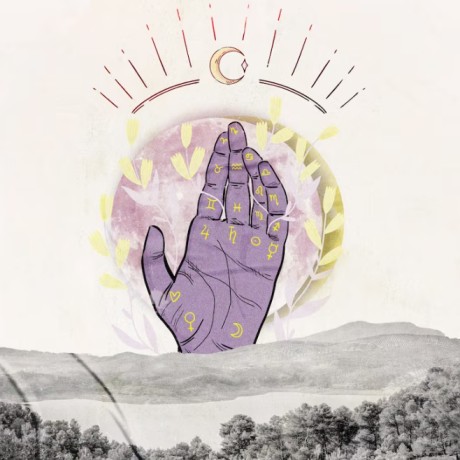
Palmistry, also known as chiromancy, is an ancient practice of reading the lines, shapes, and mounts on a person’s palm to gain insight into their personality traits and potential life events. While palmistry has intrigued people for centuries, it has also been surrounded by myths and misconceptions. In this article, we will explore some common myths associated with palmistry and separate fact from fiction. By understanding the truth behind palmistry, we can appreciate the genuine aspects of this intriguing art and its potential benefits.
One of the most prevalent myths about palmistry is that it can predict the future with absolute certainty. In reality, palmistry is not a crystal ball; it provides insights into potential personality traits, inclinations, and life trends. The future is not set in stone, and our choices and actions can shape our destiny.
Palmistry can provide valuable insights into a person’s personality traits and characteristics. The lines, shapes, and mounts on the palm are believed to reflect various aspects of a person’s character, such as their communication style, creativity, and emotional tendencies.
Also read: Health Clues In Your Palms: Exploring Palmistry’s Link To Well-being
Some believe that only the dominant hand (the hand used most often) carries significance in palmistry. However, both hands are essential as they may reveal different aspects of a person’s life. The non-dominant hand is believed to represent inherent qualities and potential, while the dominant hand reflects the person’s choices and actions.
Palmistry and psychology share common ground when it comes to personality analysis. Many palmists are trained in psychology and use their understanding of human behavior to interpret palm lines and patterns more effectively.
Palmistry is often mistaken for a mere party trick or parlor game to entertain guests. While some individuals may use palmistry for entertainment purposes, genuine palmists approach the practice with respect and a desire to offer meaningful insights to individuals seeking self-awareness.
For those interested in self-discovery and personal growth, palmistry can be a valuable tool. By examining their own palms or consulting a skilled palmist, individuals can gain a deeper understanding of their strengths, weaknesses, and potential paths in life.
Critics often dismiss palmistry as a superstitious belief with no scientific basis. While the art of palm reading may not be based on empirical evidence, it is rooted in cultural traditions and has been passed down through generations.
Palmistry is deeply rooted in various cultures worldwide. Different regions have developed their own systems and interpretations, making palmistry a culturally significant practice that has stood the test of time.

Some believe that palmistry can diagnose specific health conditions based on the lines and marks on the palm. This is a dangerous misconception, as medical diagnoses should be left to qualified healthcare professionals.
An important aspect of palmistry often overlooked is the principle of personal responsibility. While palmistry may provide insights, it does not absolve individuals of their choices and actions. Personal responsibility remains crucial in shaping one’s life journey.
Palmistry is sometimes associated with gender stereotypes, such as certain lines or shapes being linked to specific genders. However, genuine palmists avoid gender bias and interpret palms on an individual basis, recognizing that everyone’s hands are unique.
Responsible palmists adhere to a code of ethics, respecting the privacy and confidentiality of their clients. They do not make predictions that could cause unnecessary distress or harm.
With the rise of modern technology and skepticism about metaphysical practices, some believe that palmistry is a dying art. However, the fascination with self-awareness and personal growth continues to fuel interest in palmistry and other esoteric arts.
Palmistry is an art of interpretation that requires skill, knowledge, and intuition. Experienced palmists do not rely on fixed meanings for lines and shapes; instead, they consider the context and interplay of various factors in a person’s palm.
Also read: Traits of Individuals Born on the 8th, 17th, and 26th
Palmistry, like many ancient practices, has been subject to various myths and misconceptions. While it is not a crystal ball for predicting the future, palmistry offers valuable insights into a person’s personality and potential life trends. Ethical palmists approach the practice with respect, using their knowledge and intuition to aid individuals in their journey of self-discovery. By understanding the facts behind palmistry and its cultural significance, we can appreciate this intriguing art and its potential benefits in fostering self-awareness and personal growth.
Follow us on Instagram.
3,604
3,604




Choose your and your partner's zodiac sign to check compatibility